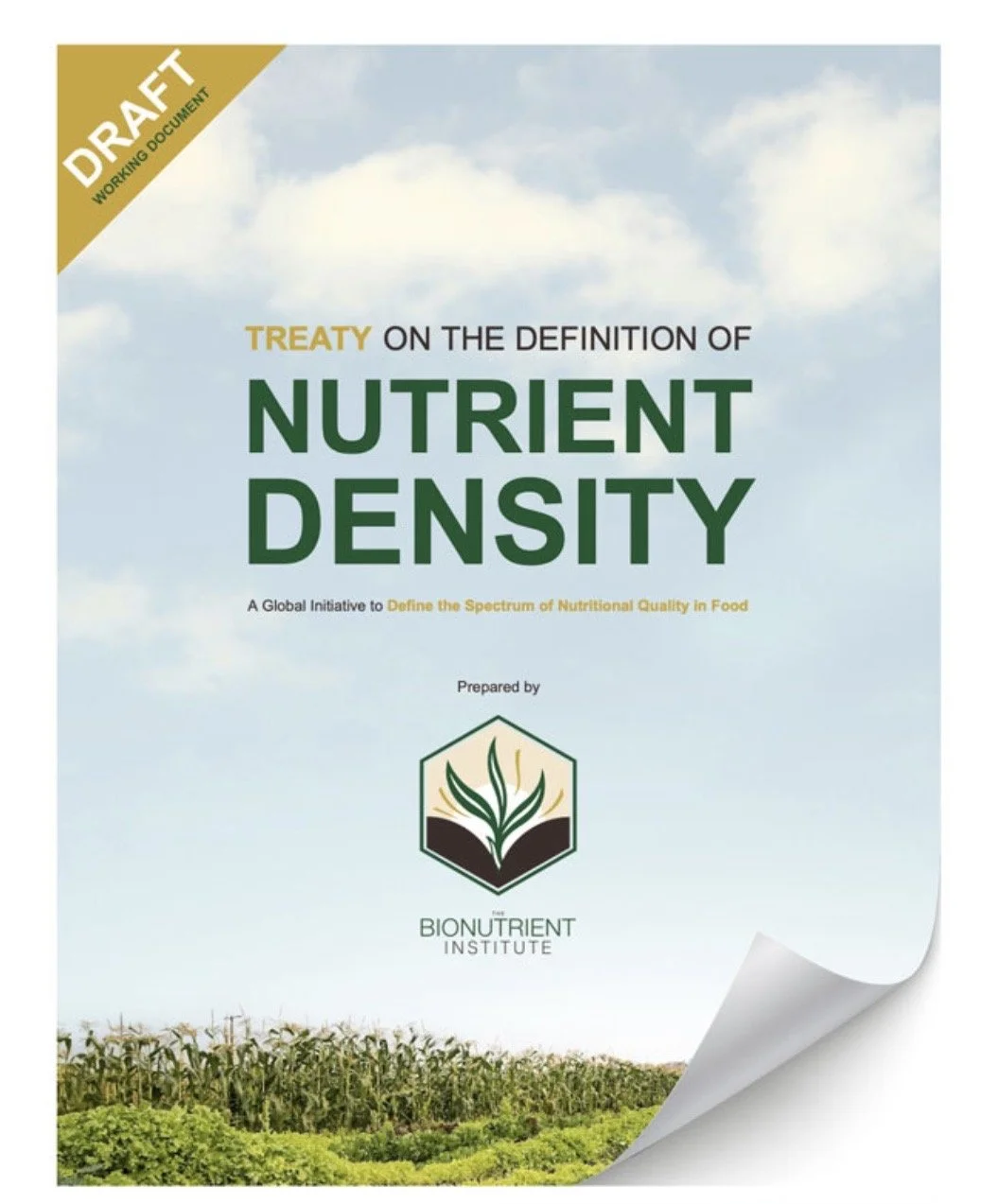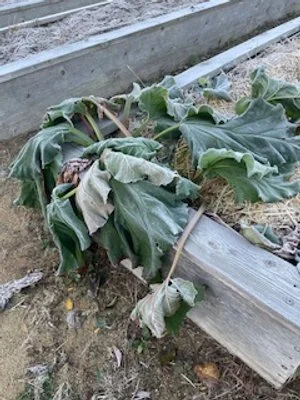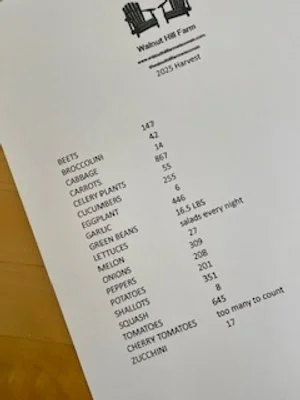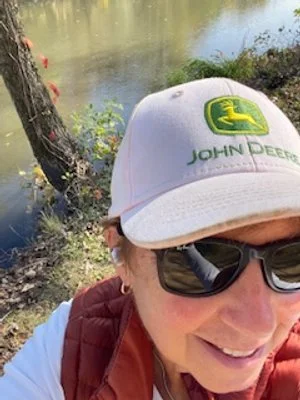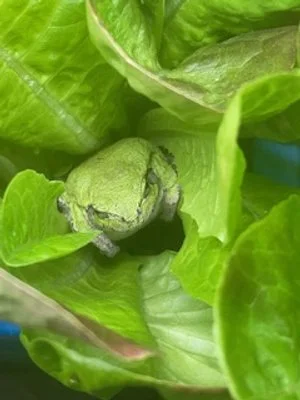as we are finally beginning to look at the nutrient density of the foods we eat. Not all food is created equal…in fact, not all home grown food. What if there were a metric to know which carrots were more nutritious. I think the Bionutrient Institute is trying to do just that…on a scale of 1 to 100.
Old Man Frost....
has arrived! 28 degrees here this morning and sparkling silver frost crystals on everything. I still need to plant my garlic!
The totals are in...
and it was a bountiful harvest! Now begins the work of planning for next year. Asparagus and rhubarb were added this summer and I look forward to seeing their yields in the coming year.
Glorious fall day...
and absolutely perfect for walking Wally along the Sugar River Trail.
New greenhouse manager?
He seems to have found a home among the lettuce leaves of my hydroponic system. I think it’s a Cope’s gray treefrog, common in southern Wisconsin. Isn’t he a cutie?
More art than science....
is needed when sexing a day-old chick. One of our new chicks has turned out to be a rooster! The very developed comb and wattles are a sure giveaway. No hatchery can provide 100% accuracy, but they are usually right on the mark. But our Toni has become Tony! Fortunately, we have found him a home, a farm in Monroe who was eager to add another rooster to his flock. We will miss you, Tony!
It's pepper time!
And they couldn’t be more beautiful! The harvest has been spectacular this summer…temperatures must have been just right! Friends and family have all enjoyed them, and St. Mary’s church in Durand accepts donations of fresh produce for the food pantry.
New chicks arrive...
and they are all perfect! I am always amazed that day-old chicks can spend 2 days in a box traveling hundreds of miles…and still arrive safely. 6 Plymouth Rocks and 6 Brown Leghorns will join the rest of the girls soon!
It's happening!
Glorious, gorgeous grapes!
Planting potatoes....
is hard work! I am so grateful to Grace and her family for pitching in. German Butterballs are in the ground!
Peas!
What is it about peas that is so wonderful. Their “greenness”…or maybe because they are one of the first planted seeds to emerge. Whatever the variety - garden, snow, or snap, we love them all!
Requiem for a hive...
There is nothing sadder than to hear the total silence of your hive. Our bees did not survive the winter. After completing a “postmortem” we have identified the possible causes. A colony weakened by Varroa mites tops the list. We are determined to try again and this year we will have a more robust IPM plan in place. We really feel like we failed them!
Winter...
has encompassed the farm. The snow cover is beautiful, but the below-zero temperatures are not! But in 6 short weeks, things will look very different. For now, I am busy in the greenhouse starting onions, leeks, shallots and celery.
Hydroponics....
make growing lettuce so easy! In just a few days, seeds planted in rock wool cubes begin to germinate and are placed in the hydroponic tanks of circulating water. In just a few weeks, you have healthy plants…and a few weeks after that, you harvest!
It's not only our plants....
that benefit from the increased daylight each day. Our hens appreciate it too, as it increases their egg production! Just look at January - only 15 eggs from 17 hens! The literature indicates that production peaks around the date of the summer solstice.

